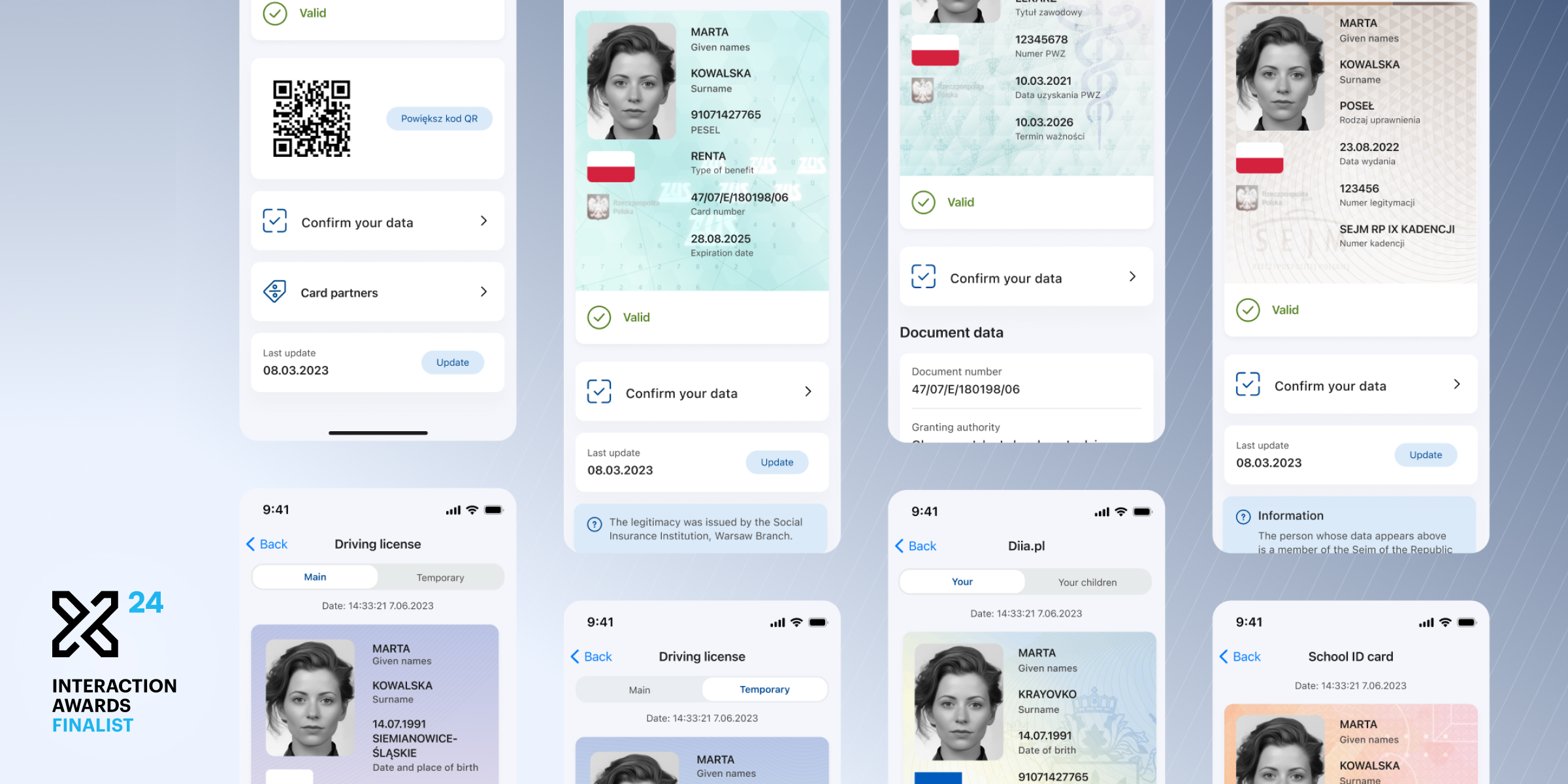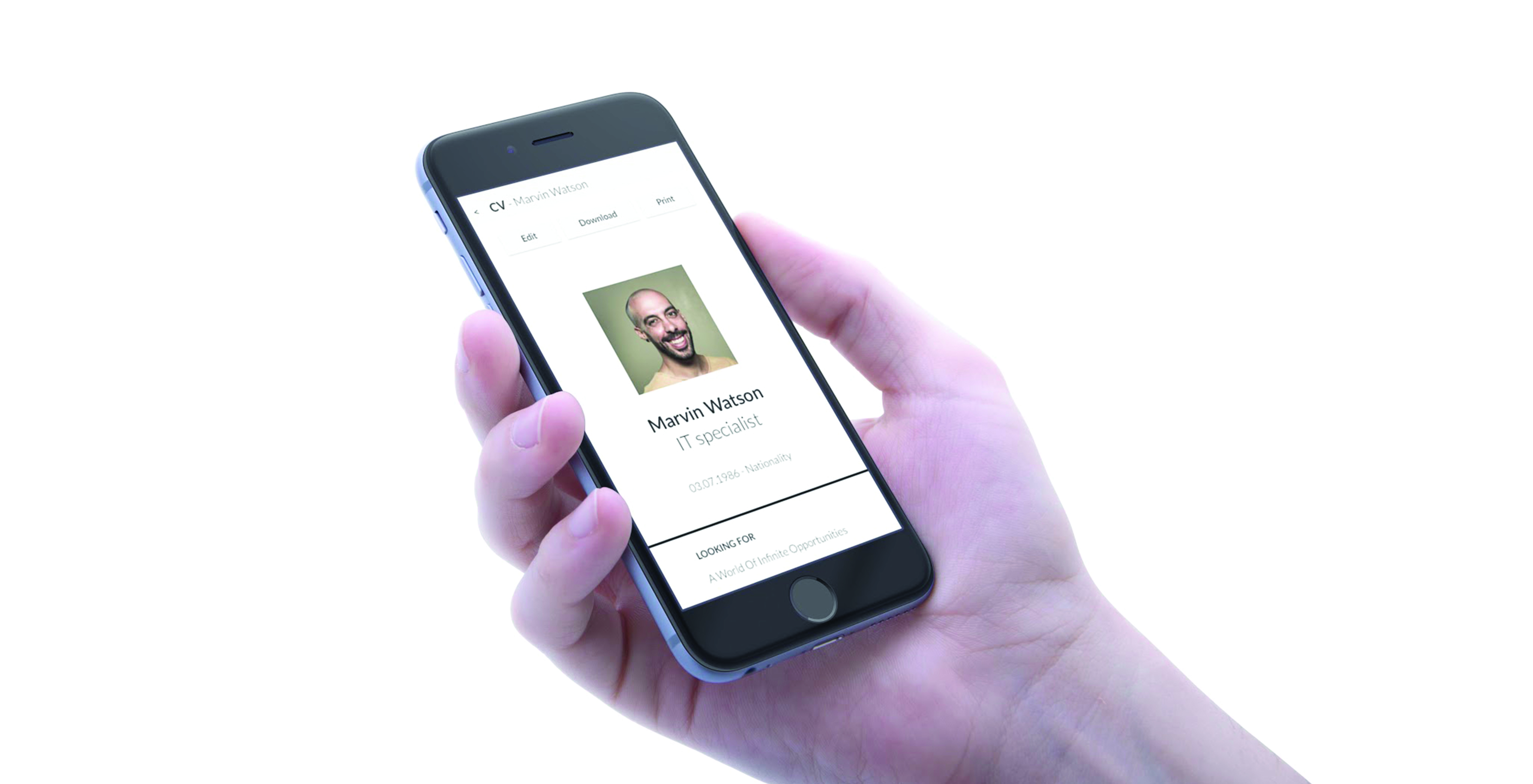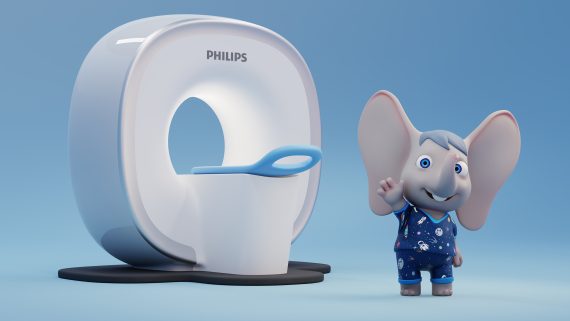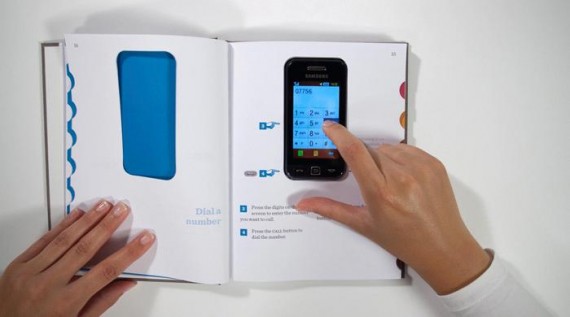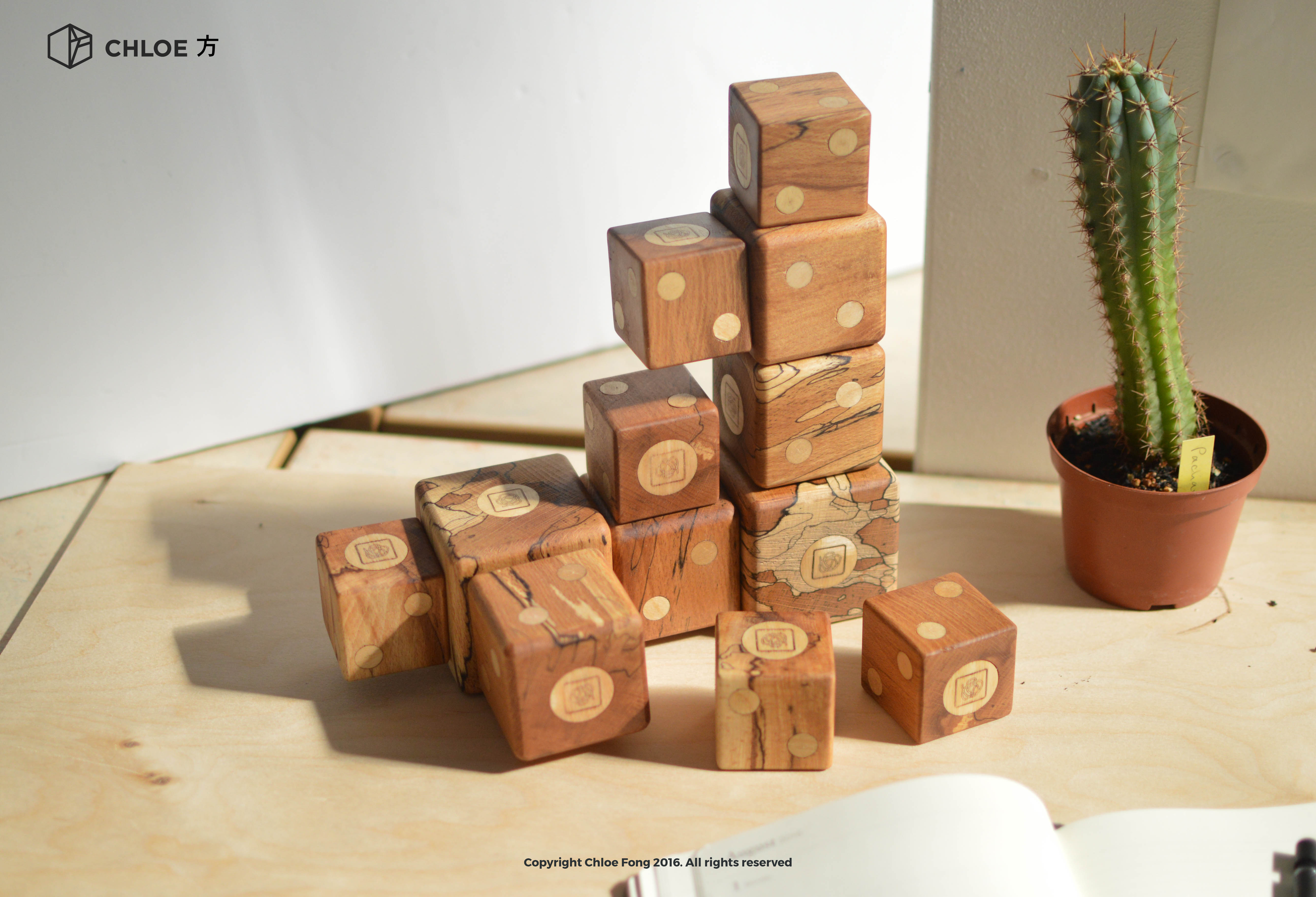reForm
Team
Company | Institution
Category
Type
Project description
Advances in new materials will lead to disruptive changes in product design within the coming years. We believe this will also lead to new kinds of object-human interactions and thereby new forms of experiences and usage. We see particularly high potential in the control of object properties by the user, which has not yet been fully explored.
Project Description
Overview:
Advances in new materials will lead to disruptive changes in product design within the coming years. We believe this will also lead to new kinds of object-human interactions and thereby new forms of experiences and usage. We see particularly high potential in the control of object properties by the user, which has not yet been fully explored.
Audience:
When we started the project, we wanted to research new ways of using programmable materials that are shape-changing for designing novel interfaces.
It started quite broad…
In the creation process of design and architecture, sheet materials have been frequently used for transforming flat surfaces into three-dimensional objects by cuts and folds. In this project, rather than looking at how to use sheet materials to create form, we explored how to dynamically control their flexibility.
During our research we had been in close dialogue with the Advanced Design Team of New Balanced Footwear. They encouraged us and saw great potential for in the textile and footwear sector. Together we fabricated one prototype of a “jamming shoe”.
In the long run we hope to scale up the idea of programmable stiffness-changing materials. Such material can be truly beneficial for future Computer Interfaces, Medical Devices, Wearables, or even for Aircraft Design.
Impact:
Shifting the focus from designing form to designing stiffness&flexibility would enable a new type of human-object interaction.
This work presents a new generation of sheet material. We invented a thin and lightweight material composite that can be tuned between rigid and soft states seamlessly.
The prototype of reForm shows a formal and functional adaptive furniture: from a carpet to a table to a chair and back.
When the material is soft, one can form it as desired, then switch it to rigid and let it perform. By switching it back to soft, one can reshape the material again.
Craft:
Our approach was research driven at the start and gradually faded into a more “traditional” design process. The ideation was heavily inspired by nature and based on the vision of “radical atoms”: to seamlessly couple the dual world
of bits and atoms.
- Material research and performance tests
Roughly 40 different materials, structures and composites have been tried and tested for their performance. We constructed our own instrument to measure this as accurate as possible. - Prototyping and testing different applications
We prototyped and tested 3 different applications in the course of the project: A shape-changing display, a jamming shoe and the adaptive furniture. - Refining reForm – adaptive furniture
Using our new material for adaptive furniture seemed one of the most powerful example of what we intended to demonstrate, so we refined the design, material and structure iteratively. - Documentation
The results of our findings have been published in a paper entitled “jamSheets: thin interfaces with tuneable stiffness enabled by layer jamming” – making our research available to the community. We also presented and demoed this research at TEI Conference and a US patent has been filed.
Project Description
Overview:
Advances in new materials will lead to disruptive changes in product design within the coming years. We believe this will also lead to new kinds of object-human interactions and thereby new forms of experiences and usage. We see particularly high potential in the control of object properties by the user, which has not yet been fully explored.
Audience:
When we started the project, we wanted to research new ways of using programmable materials that are shape-changing for designing novel interfaces.
It started quite broad…
In the creation process of design and architecture, sheet materials have been frequently used for transforming flat surfaces into three-dimensional objects by cuts and folds. In this project, rather than looking at how to use sheet materials to create form, we explored how to dynamically control their flexibility.
During our research we had been in close dialogue with the Advanced Design Team of New Balanced Footwear. They encouraged us and saw great potential for in the textile and footwear sector. Together we fabricated one prototype of a “jamming shoe”.
In the long run we hope to scale up the idea of programmable stiffness-changing materials. Such material can be truly beneficial for future Computer Interfaces, Medical Devices, Wearables, or even for Aircraft Design.
Impact:
Shifting the focus from designing form to designing stiffness&flexibility would enable a new type of human-object interaction.
This work presents a new generation of sheet material. We invented a thin and lightweight material composite that can be tuned between rigid and soft states seamlessly.
The prototype of reForm shows a formal and functional adaptive furniture: from a carpet to a table to a chair and back.
When the material is soft, one can form it as desired, then switch it to rigid and let it perform. By switching it back to soft, one can reshape the material again.
Craft:
Our approach was research driven at the start and gradually faded into a more “traditional” design process. The ideation was heavily inspired by nature and based on the vision of “radical atoms”: to seamlessly couple the dual world
of bits and atoms.
- Material research and performance tests
Roughly 40 different materials, structures and composites have been tried and tested for their performance. We constructed our own instrument to measure this as accurate as possible. - Prototyping and testing different applications
We prototyped and tested 3 different applications in the course of the project: A shape-changing display, a jamming shoe and the adaptive furniture. - Refining reForm – adaptive furniture
Using our new material for adaptive furniture seemed one of the most powerful example of what we intended to demonstrate, so we refined the design, material and structure iteratively. - Documentation
The results of our findings have been published in a paper entitled “jamSheets: thin interfaces with tuneable stiffness enabled by layer jamming” – making our research available to the community. We also presented and demoed this research at TEI Conference and a US patent has been filed.



